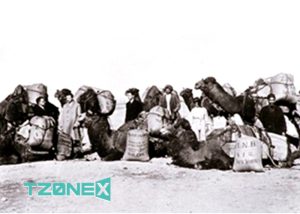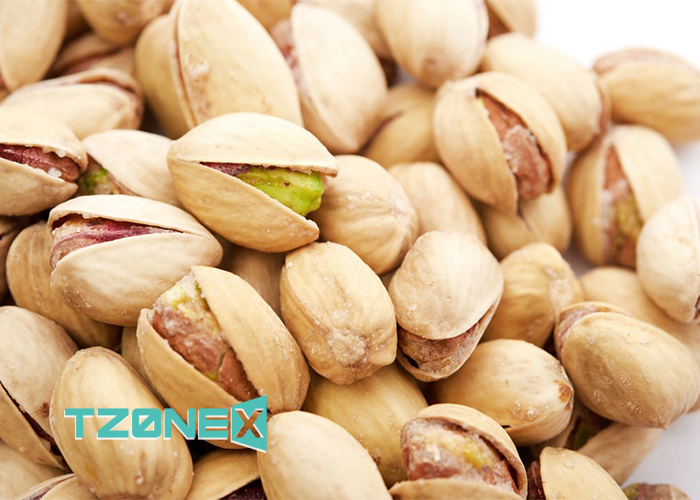For centuries, pistachio trees have thrived in the Middle East, where they have been prized for their delicious taste and nutritional value. These nuts have a long and fascinating history, dating back to ancient times. It is believed that pistachios were even mentioned in the Old Testament (Genesis 43:11).
The Old Testament is the first part of the Christian Bible, and it consists of a collection of religious texts that were written over a period of several centuries. It is also considered to be a sacred text in Judaism. The Old Testament is divided into four main sections: the Pentateuch, the Historical Books, the Wisdom Books, and the Prophets. Overall, the Old Testament provides a rich source of religious and historical knowledge that continues to be studied and revered by many people around the world.
In Persia, which is now known as Iran, owning pistachio groves was a sign of wealth and high status. According to legend, even the Queen of Sheba was a fan of pistachios and demanded that all the pistachios produced in her kingdom be reserved for her and her court. Over time, the popularity of pistachios spread beyond the Middle East, thanks in part to the conquests of Alexander the Great, who introduced the nut to Greece. Later, during the rule of the Roman Emperor Tiberius in the first century AD, pistachios were also introduced to Italy and Spain.
Trade between the Orient and Europe has a rich history spanning many centuries. With the spread of Islam and the Arab expansion, the cultivation of pistachios spread to new regions. During the Middle Ages, trade between the Levant and Europe was particularly common, and the Venetian Republic had strong trade ties with Syria, which was one of the main regions where pistachios were grown. The pistachios were transported to northern and central Italy via sea trade routes.

For a long time, the pistachio remained unknown north of the Alps. When it was introduced to central Europe, it was referred to as the “Latin Penny Nut” since it came from Italy via the Alpine passes.
In Italy, the pistachio had been used in cooking for various dishes for a long time, but north of the Alps it was primarily used as an expensive addition to baked goods. It wasn’t until after World War II that the image of the pistachio gradually shifted from an expensive baking additive to a popular snack.


Leave a Reply